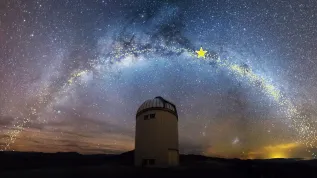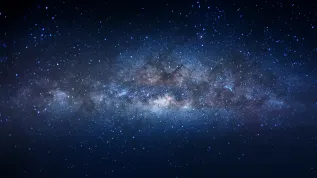
Polish company supplies electronic ground support devices for the European telecommunications satellites of the Eurostar Neo platform, developed under ESA\'s Neosat programme. According to Astri Polska, the total value of the contract is about PLN 5 million.
According to the company's release, Astri Polska will ultimately supply four such devices. "The device delivered in February is the first Simulated Electrical Flight Model" - reads the release. It will be used to simulate the "electronic interfaces of the satellite platform, in particular the on-board computer and power management system".
Eurostar Neo is a project that involves building a new generation platform for telecommunications satellites, developed under the Neosat programme carried out by the European Space Agency and the French Centre for Space Research (CNES). The new platform will be 30 percent cheaper to maintain compared to currently used designs, and it will offer much greater opportunities in terms of carried cargo. The main contractors of the project are Airbus Defense and Space. The launch of the first satellite is scheduled for 2019.
"The device supplied by Astri Polska will allow to test the electronic components of Eurostar Neo satellites before placing them in orbit" - the release reads. Astri Polska will provide two types of devices for this program: Simulation Front End and Simulated Electrical Flight Model, two units of each.
"The ground validation segment is a key element of any space program that largely determines the success of the mission" - explains Jacek Mandas, CEO of Astri Polska quoted in the release. "We are pleased that our devices will be an important contribution of the Polish space industry to major European satellite programs" - he emphasises.
Astri Polska is a Polish company operating in the field of space and satellite technologies. 100% of its revenues come from the space industry. (PAP)
author: Magdalena Jarco
editor: Jacek Ensztein
tr. RL
maja/ kap/













